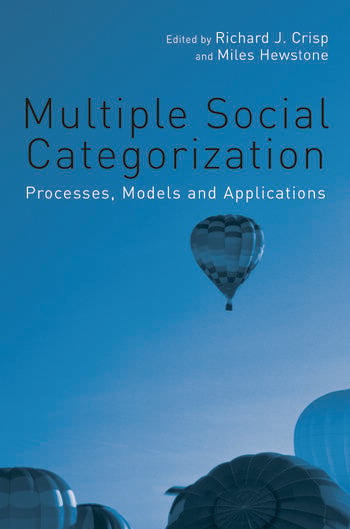The Chinese in Latin America and the CaribbeanPosted in Anthologies, Asian Diaspora, Books, Caribbean/Latin America, History, Media Archive, Mexico on 2013-12-28 22:43Z by Steven |
The Chinese in Latin America and the Caribbean
Brill
2010
256 pages
Paperback ISBN13: 9789004182134
E-ISBN: 9789004193345
Edited by:
Walton Look Lai, Professor of Anthropology
Chinese University of Hong Kong
Chee-Beng Tan, former Lecturer in History
University of the West Indies, Trinidad & Tobago
The Chinese migration to the Latin America/Caribbean region is an understudied dimension of the Asian American experience. There are three distinct periods in the history of this migration: the early colonial period (pre-19th century), when the profitable three-century trade connection between Manila and Acapulco led to the first Asian migrations to Mexico and Peru; the classic migration period (19th to early twentieth centuries), marked by the coolie trade known to Chinese diaspora studies; and the renewed immigration of the late 20th century to the present. Written by specialists on the Chinese in Latin America and the Caribbean, this book tells the story of Asian migration to the Americas and contributes to a more comprehensive understanding of the Chinese in this important part of the world.
Contents
- Introduction: The Chinese in Latin America and the Caribbean / Walton Look Lai
- PART I: THE EARLY COLONIAL PERIOD
- Chapter One Sinifying New Spain: Cathay’s Influence on Colonial Mexico via the Nao de China / Edward R. Slack, Jr.
- PART II: THE CLASSIC MIGRATIONS
- Chapter Two Asian Diasporas and Tropical Migration in the Age of Empire: A Comparative Overview / Walton Look Lai
- Chapter Three Indispensable Enemy or Convenient Scapegoat? A Critical Examination of Sinophobia in Latin America and the Caribbean, 1870s to 1930s / Evelyn Hu-DeHart
- Chapter Four The Chinese of Central America: Diverse Beginnings, Common Achievements / St. John Robinson
- Chapter Five Report: Archives of Biography and History in the God of Luck: A Conversation with Ruthanne Lum McCunn / Lisa Yun
- PART III: OLD MIGRANTS, NEW IMMIGRATION
- Chapter Six Tusans (tusheng) and the Changing Chinese Community in Peru / Isabelle Lausent-Herrera
- Chapter Seven Old Migrants, New Immigration and Anti-Chinese Discourse in Suriname / Paul B. Tjon Sie Fat
- Chapter Eight The Revitalization of Havana’s Chinatown: Invoking Chinese Cuban History / Kathleen López









